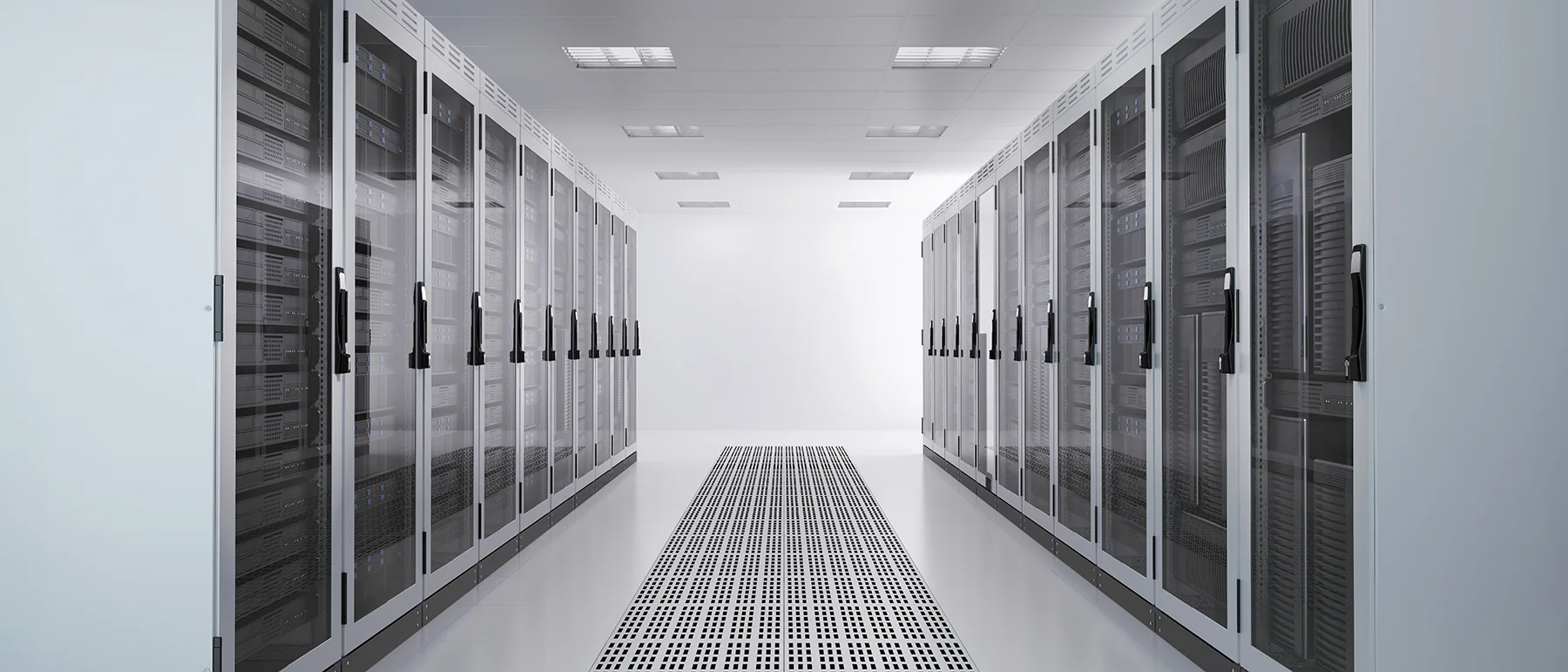What Does It Mean To Be a System Admin?
Written By David Marinero
My first introduction to the world of computers was when I was five. The school district my mom worked for was replacing their old Apple IIs and she brought one home. Voilà, my fist hand-me-down machine complete with The Oregon Trail, Muppetville, and Wheel of Fortune, each on its own 5.25-inch floppy disk. I didn’t know it then, but that moment would help shape my future and computers would become a central part of my life from that point on.
Fast forward to adulthood, after an unsuccessful career in 3D animation, I found myself making ends meet by lending my skill set to IT services. Seventeen years later, I’m still here “fixing computers”. But what was it that got me here? What does it mean to be a System Administrator?
Throughout my career in IT, I’ve seen many things, good, bad, and utterly shocking. Regardless of the circumstance, there is always something to take away and learn. This, along with all the life lessons gathered, has reshaped my perspective of what IT really is and should be.
When you start your IT journey, you’re pressing buttons and googling issues, hoping something works. As you grow, you begin to understand the why and the implications of pressing that button, while mastering the art of fine-tuned research. If you’re lucky, you’ll have a rockstar mentor, or at least the chance to work with a team that challenges and inspires you. The point is, you will be presented with lots of opportunities to learn, and what you take away from those experiences is entirely up to you.
Helpdesk roles are traditionally reactive: a problem comes in; a problem gets solved. The best helpdesk professionals go beyond that. They are curious, organized, and relentless investigators. They chase down the root cause, not just apply band-aids and move on. They eventually become System Administrators.
System Administrators take an expanded approach. While others react to issues, System Administrators also need to anticipate them. Their work is proactive, strategic, and deeply technical. They are the silent architects behind the scenes, building resilient infrastructures that quietly power the business. They protect the company’s data and assets, not just with firewalls and backups, but with foresight. They ensure security and compliance by staying ahead of the game, adapting to evolving threats, and implementing controls that balance protection with usability. They design systems that scale, flex, and serve users effectively. They solve the hard problems, the ones that don’t come with a manual. Perhaps most importantly, the System Administrator journey of growth and learning is never-ending. Technology is ever evolving, and so must they, System Administrators must be lifelong learners.
Because technology evolves fast, if you don’t maintain the drive and tenacity to keep up, you risk falling into the trap of complacency. Whether it be adherent to the status quo, unwillingness to further education, or reluctancy to maintain or revisit deployed resources once they’re “working.” These traps don’t just cause inconvenience, they create vulnerabilities. My fear of complacency and unwillingness to settle for “good enough” mixed with my sense of ambition, has always driven me to do better. In other words, I don’t just learn how to fix things or how to use new tools, I learn how to learn. That’s what kept me relevant.
IT is full of shortcuts and quick fixes. There’s a saying in the field: “Nothing is more permanent than a band-Aid.” It’s a reflection of how temporary solutions often become enduring fixtures, and potential long-term liabilities. But I’ve learned that integrity means resisting the easy or cheap fix. Those can often compromise the cohesion of the environment you mean to maintain. It means avoiding cutting corners when it comes to doing what’s right. It means meticulous planning, testing, documentation, and implementing industry best standard solutions, even when no one’s watching. It means advocating for what’s right, even when it’s inconvenient.
Sometimes, that means choosing security over convenience. Take multi-factor authentication, for example. Ask anyone in the industry, and they’ll say it’s essential. Ask end-users, and they’ll say it’s annoying. But security wins every time.
One of the main things I have learned is simple but vital: vigilance isn’t optional. In IT, every system, every process, every decision, and every investigation needs ongoing attention. Staying current isn’t just about learning new tools, it’s about questioning assumptions, revisiting old solutions, and thoroughly following every lead. The job doesn’t end when something works. It ends when it works well, is backed up, is recoverable, is secure, scalable, documented, and most importantly is understood by more than one member of the team.
At the end of the day, perfection isn’t the goal, progress is. I hold myself to a simple mantra: “Do better. Be better than yesterday.” That’s the standard I live by. That’s the mindset that keeps me moving forward. What moves you forward?


